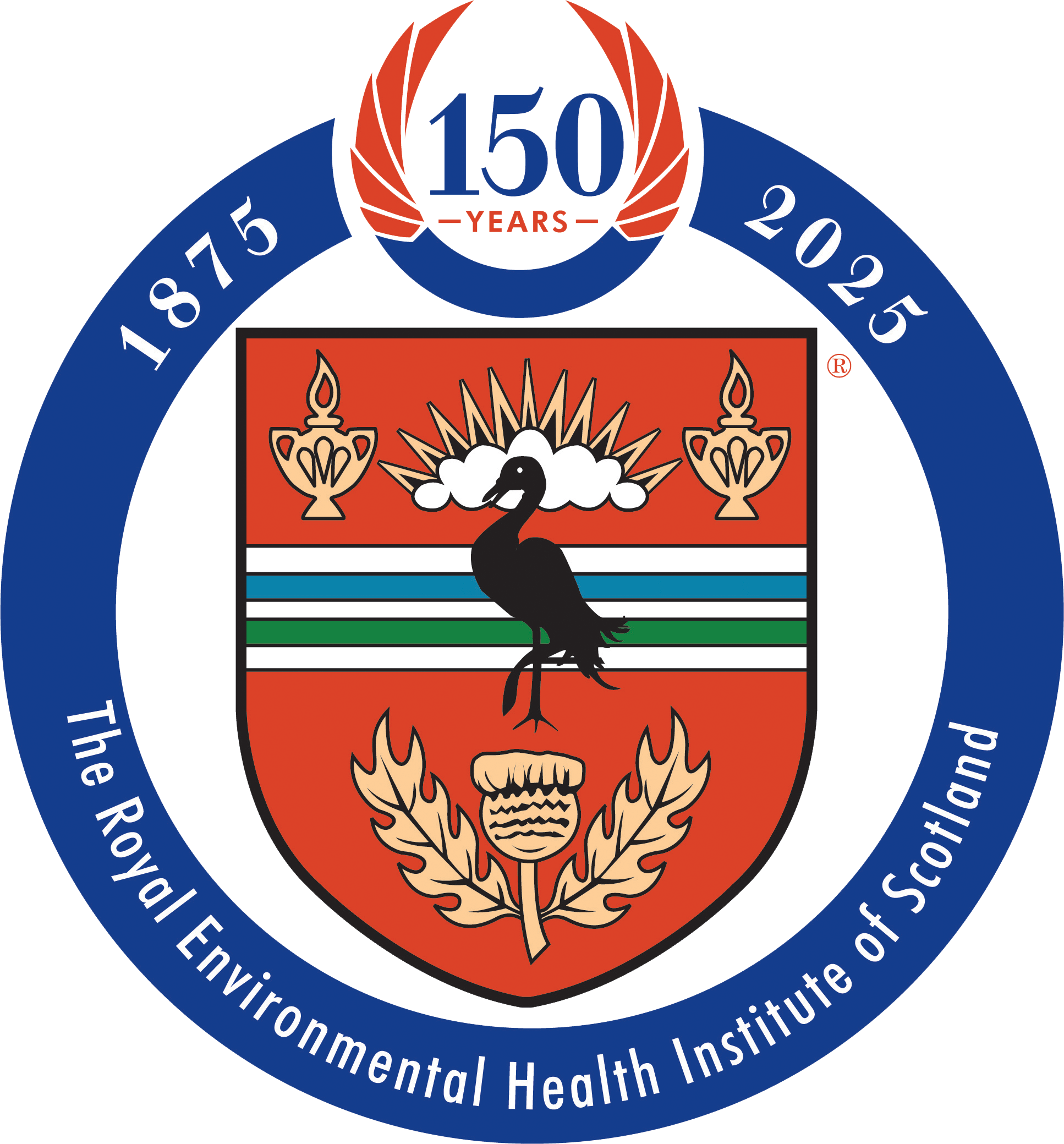The independent review into the Buchanan and St Ambrose High School campus at Coatbridge has concluded that the schools are safe and that there is no link between the school campus and illness.
As part of the review, water, soil and air samples from the former landfill site were assessed, along with the integrity of the methane membrane, which was installed as a safety measure during construction of the campus.
The report finds:
· water samples all pass drinking water quality standards. The review recommends North Lanarkshire Council and Scottish Water should further sample water in the coming months to address some minor quality issues
· the methane membrane under the school building was installed correctly and no landfill related gases were detected at that time and now
· fifty soil samples were taken from soft landscaped areas, fifteen from raised beds and tested for various contaminants. The concentrations measured in soils, with the exception of polychlorinated biphenyls (PCBs) at one location, are not of concern
· elevated levels of PCB were found in one sample pit on the periphery of the site. The review recommends North Lanarkshire Council completes a full and independently verified removal of the chemical as soon as possible
· the review recommends a site recovery group, made up of site users and community leaders, to provide an open and transparent channel for any concerns to be raised regarding the well-being of those on the campus
If the work at that sample pit is being done by North Lanarkshire Council and independently verified to remove any residual risk or to otherwise render the area concerned safe, the review would support the schools opening next week.
Public health consultant Dr Margaret Hannah, who co-led the review, said: “Many people were concerned about possible health risks from the previous use of the campus site. We listened carefully to the concerns of parents and teachers and worked with various experts in their field to determine the areas to test within the campus.
“Our principal finding is that the schools are safe, the site is safe and there is no link between the school and the reported health issues. However, we have made recommendations for some work to be carried out in order to provide further public reassurance.
“One of our recommendations includes convening a site recovery group to provide an open channel to share information and allow any concerns to be raised regarding the well-being of those on the campus. Working together is key to restoring public confidence and we hope our findings will help all the communities in Coatbridge and beyond work towards common goals and in the best interests of the pupils and staff.”
Deputy First Minister John Swinney said: “I am grateful to the Review Team for their work over the last two months. This has been a complex and challenging set of circumstances to review in such a short timescale.
“The report provides reassurance to parents, pupils and staff of the school that there are no links between ill-health and the campus.
“The review also finds, however, that North Lanarkshire Council and NHS Lanarkshire did not handle this issue at all well. They did not engage with parents sufficiently early or in an inclusive manner. The recommendations will ensure statutory bodies engage far more proactively with parents, staff and pupils to rebuild the trust and learn lessons from this for the future.
“Children should enjoy school life and I hope this is the case for pupils at Buchanan and St Ambrose High Schools.”
Deputy First Minister John Swinney announced on 12 June an independent review into reported health and safety concerns at the campus.
The primary purpose of the review was to examine the evidence of the history, construction and maintenance of the site as well as provide reassurance to the community.

